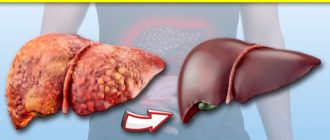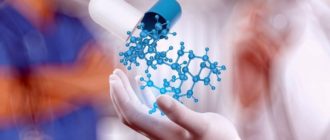In this article, we will talk, what is ovulation and how it manifests itself.
Contents
- What is ovulation in women?
- Ovulation - beginning, duration, normal ovulation
- How ovulation occurs: signs, symptoms, sensations
- How ovulation is approaching: signs, symptoms
- How ovulation ends: symptoms, signs
- Why is there no ovulation, and what to do with it?
- How to determine ovulation with a test?
- Why is painful ovulation?
- Painful ovulation - how to alleviate the symptoms: tips, diet, medicines, folk remedies
- Natural contraception for ovulation: effectiveness
- Video: signs of ovulation
What is ovulation in women?
Ovulation is a complex process that takes place in the body of women every month. To find out what are the signs, symptoms and sensations of ovulation is useful to every woman, because it is this time that is the most successful for conception. So, this period allows you to either protect against unwanted pregnancy, or, conversely, get pregnant.
Ovolution is understood as the process of the release of a ripened egg from a follicle. As a rule, this phenomenon occurs in the middle of the menstrual cycle.
If there is sexual contact at this time, then the probability of pregnancy increases, because the ripened egg can meet with a sperm. But how to learn to determine the onset of this period and how long does it last? Let's understand.
Ovulation - beginning, duration, normal ovulation
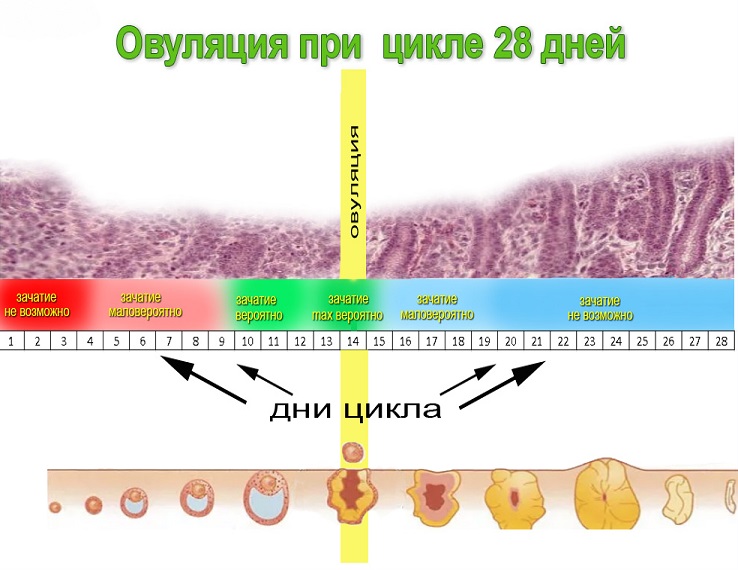
It is difficult to say how much ovulation lasts in general, because everyone has this process individually. The norm is considered when ovulation lasts from 11 to 16 days of the cycle. Its regularity is determined by different factors, but for the most part it depends on the hormonal balance. The duration of ovulation is only 16-32 hours. It is also important to say that it can be of two types:
- Early ovulation
Scientists have found that until the ripening of the follicle and the release of the egg, almost half of the cycle passes from it. This value is average, but in some women, ovulation occurs on 7-10 days from the beginning of menstruation. In some women, this happens in rare cases, and for some it is a normal state.
As a rule, if a woman has early ovulation, then there are reasons for this. It can be affected by the imbalance of the hormonal background, as well as taking drugs or a change in the contrast. If there are violations in the brain, then this can also cause early ovulation. If it produces a lot of gonadotropin, then hormones are produced by the pituitary gland that make the follicle tearing up so that the egg comes out.
- Late ovulation
In this case, ovulation occurs closer to the end of the cycle, from about 18 days. Such behavior of the body may prevent the baby from conceiving, because the right moment will be missed. In addition, late ovulation increases the risk of unwanted pregnancy, because women, using the calendar method of contraception make a mistake.
As a rule, this is not a problem, and treatment is required if some pathologies were found.
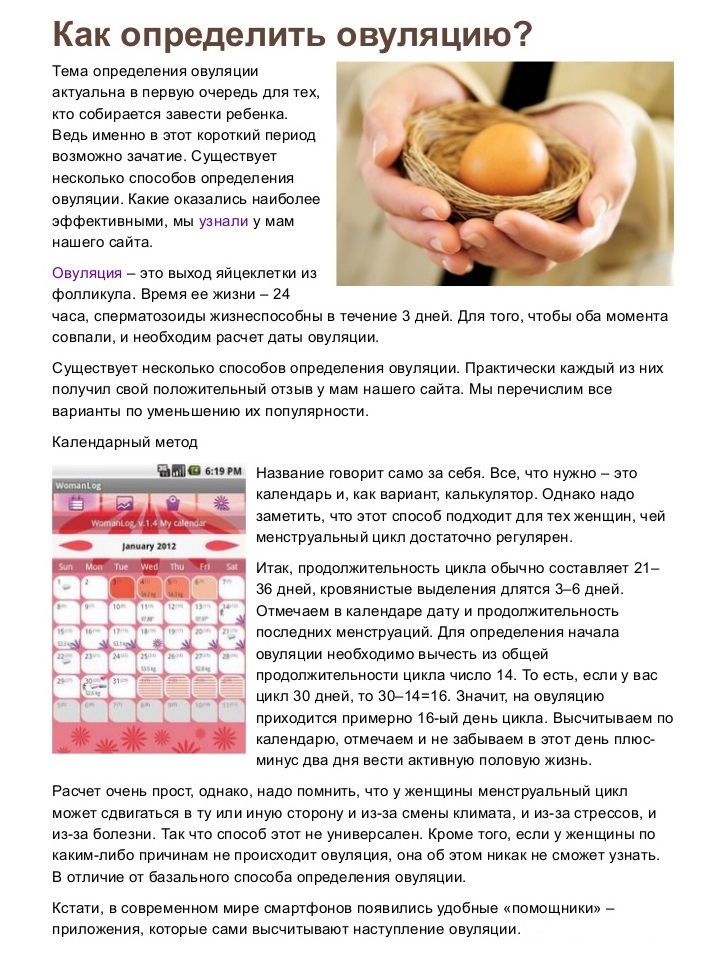
How ovulation occurs: signs, symptoms, sensations
Ovulation has certain signs that indicate its offensive or that it has already passed. So, the first symptoms of ovulation are:
- Changing the nature of the discharge. They suddenly become a little larger and their consistency changes
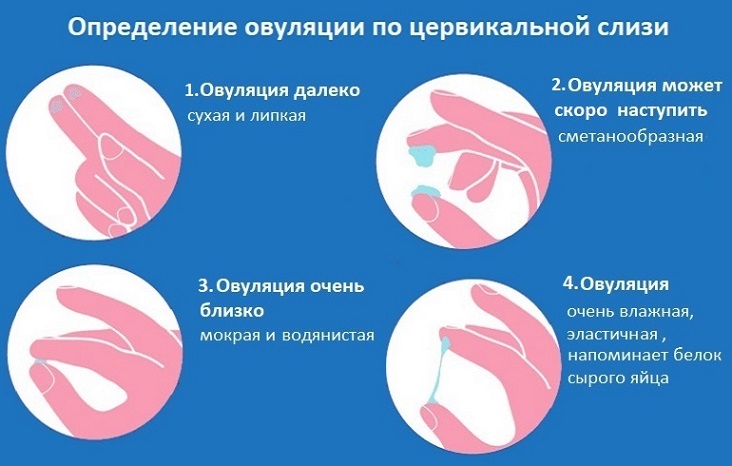
- Unpleasant sensations appear in the lower abdomen
- The chest swells and rude. Moreover, pains are observed in it
- The basal temperature changes
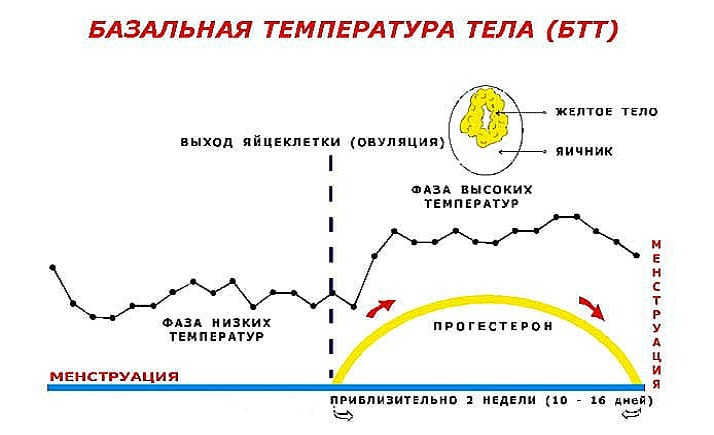

- The amount of the Latinizing hormone increases
- Well -being can worsen - weakness, small apathy
Some symptoms may appear a few days before the egg release, while others are directly during or after ovulation.

How ovulation is approaching: signs, symptoms
Ovolution has some early signs that can manifest even before the rest - these are pulling abdominal pain or lower back. In some girls, during ovulation, breasts begin to hurt and can pull the ovaries. But these pains quickly pass when the egg goes outside.
It is important to note that it is not necessary if all the symptoms are manifested at once. Some may be absent, and indeed it happens that there is no discomfort. This process proceeds individually. It is all about the sensitivity, which is due to genetics, hormonal failure or simply characteristics of the body.
But, if some signs are not completely manifested, then there are symptoms that all occur at the time of ovulation:
- The dimensions of the follicle ready for the gap are 20 mm. This is clearly visible if you do an ultrasound. By the way, in the same way, the doctor can determine exactly when ovulation will occur.
- Improving basal temperature. This procedure can be performed independently. After sleep, the thermometer is inserted into the rectum. When ovulation occurs, the temperature is held at 37.2 degrees.
- Analysis of hormones in the blood and urine. If the hormonal background changes, then this is one of the important signs that the follicle has matured. The day before the egg release, the concentration of the hormone in the urine increases. As a rule, you can conduct a special test and he will determine that ovulation has occurred. He is able to show that the woman’s body is ready for fertilization.
- Remember that the signs of ovulation are always individual. The body can clearly say that he is ready to conceive a child or show small manifestations.
Thus, in order to feel ovulation, you need to carefully monitor your well -being and discharge. It is also worth conducting a graph of basal temperature.

How ovulation ends: symptoms, signs
When ovulation is already coming to an end or ended, the following symptoms appear:
- There are fewer discharge and they are no longer so thick
- The chest ceases to hurt and its sensitivity decreases
- Pain in the lower abdomen and unpleasant sensations disappear
- Some have acne before ovulation, which after the completion of ovulation pass
- For some time, the basal temperature lasts a little more than 37 degrees
- The general condition becomes better. Weakness, nausea and dizziness disappears if they were
- When conducting an ultrasound in the follicle, a yellow body is found
Why is there no ovulation, and what to do with it?

It also happens that women do not occur in women. Such a process is called an anovulatory cycle. When there is no ovulation 2-3 times a year, this is normal and no treatment is required.
However, if the eggs do not ripen more often, then you should contact a specialist. Mostly malfunctions are observed due to hormonal disorders or inflammatory processes. Then you cannot do without consulting a gynecologist and endocrinologist. After the examination is carried out and treatment is prescribed if necessary, ovulation is restored.
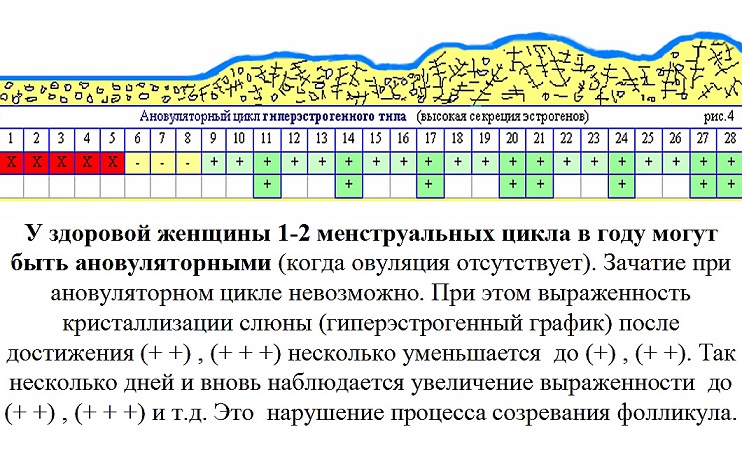 Among the reasons for the lack of ovulation can be distinguished:
Among the reasons for the lack of ovulation can be distinguished:
- Breast-feeding
- Climax's offensive
- Constant stress and nervous tension
- Climate change
- Strong weight loss
- Large physical activity
- The abolition of hormonal therapy
Usually, when the cycle passes without ovulation, menstruation can linger for several days or even for several months, the chest is very sensitive and the mood is constantly changing. The periods themselves are distinguished by a longest duration with pain and an increase in blood volume, more precisely, more than usual.
To such cycles are more often prone to women who have problems with hormones, as well as closer to 50.
If you notice that your ovulation often does not occur, then it is better to contact your gynecologist.
How to determine ovulation with a test?
Ovulation can be determined using the test. The test reacts to luteinizing hormone (LH) in the urine, which appears 1-2 days before the start of ovulation.
In the picture below, read the instructions for the use of the test.
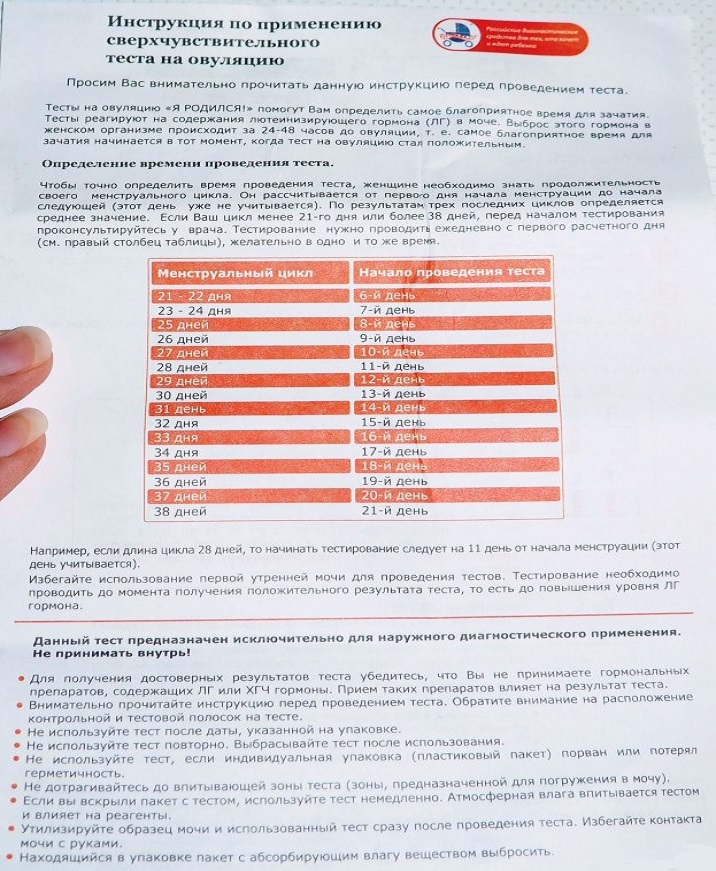
The bright second strip of dough is talking about ovulation.
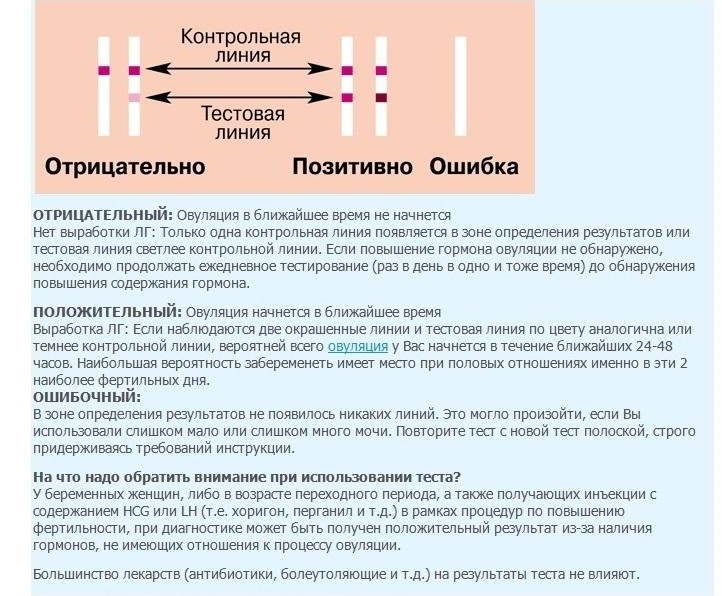
Why is painful ovulation?
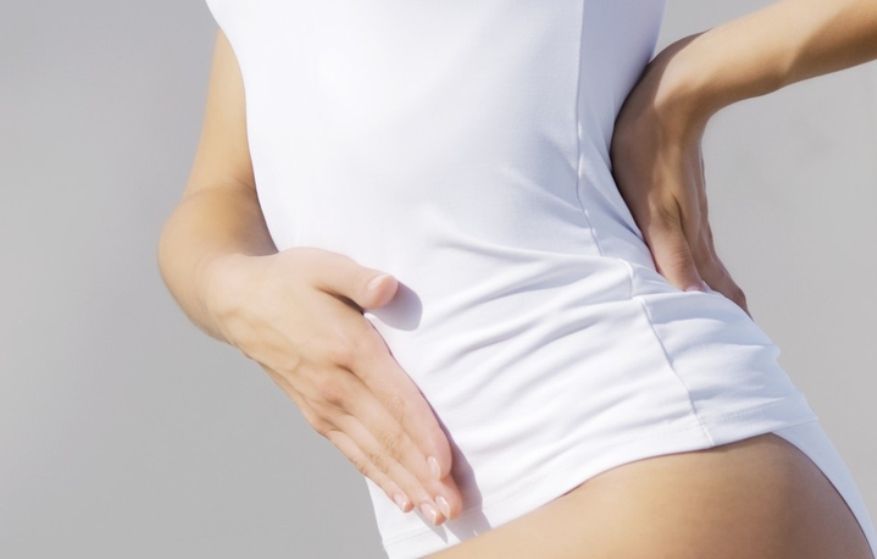
When the egg comes out of the follicle, the sensations can change from slight discomfort to very severe pain, which can only be reduced by tablets. Usually it manifests itself on the one hand in the ovary, which is involved in the cycle.
The intensity of symptoms is largely determined by the characteristics of the body. Their appearance is due to the contraction of the muscles of the uterus and the ingress of blood into the abdominal cavity in a small amount.
Sometimes stretching pains appear in the lower abdomen are symptoms of fertilization. They appear at the moment when the embryo is fixed in the uterus.
If conception has occurred, other signs may appear:
- Menstruation will not come on time
- For several days, bloody discharge may be observed
- The mammary glands remain swollen and sensitive
- The basal temperature becomes higher than the norm even after ovulation
- The first symptoms of toxicosis appear - nausea, mood change and exacerbation
When ovulation is accompanied by severe pains that do not pass. In this case, the temperature rises and nausea is observed. Such symptoms can indicate inflammation in the female organs, spikes of a pelvic, rupture of the ovaries, and so on.
If you have such symptoms, then be sure to consult a doctor. After examination, he will determine the cause of the problem and prescribe treatment.
Painful ovulation - how to alleviate the symptoms: tips, diet, medicines, folk remedies
If you are preparing for conception or your ovulation always goes through unpleasant sensations, then you can minimize them. To do this, it is enough to observe a diet, take antispasmodics, relax and you can even use folk remedies.
- Diet. Nutrition is important for all processes of the body. Pain can become stronger if bloating occurs in the intestines after consuming acute and fat. When you noticed signs of ovulation, you should refuse coffee and tea. Add more fruit to the diet.
- Medicines. When the pain is very severe, it does not allow you to focus on other things. Even if you reduce the load these days, then nothing will work. To reduce pain, you can use an antispasmodic, for example "" Papaverine«.
- Relaxing procedures. Try to charge only positive emotions these days. A bath with aromatic oil, as well as a slight massage of the abdomen, will help you relax.
- Folk remedies. Infusions and decoctions also help alleviate pain during ovulation. Ordinary tea with melissa, chamomile, oregano, ginger, decoction of Elena. The latter, by the way, helps to normalize the menstrual cycle. By the way, any composition has contraindications, so try to be neat when using them.
- The best, of course, the means are female vitamins based on the evening primrose.
Natural contraception for ovulation: effectiveness
Using ovulation for contraception is a very risky business. After all, ovulation can occur 1-2 days earlier or later. In the first part of the cycle, menstruation takes several days. Plus, the life of a sperm after the act is about 3 days. Therefore, the first part of the menstrual cycle is practically unsuitable for an unprotected act. The second part, after ovulation, is more reliable for protection against unwanted pregnancy, but there are sometimes malfunctions in the body.
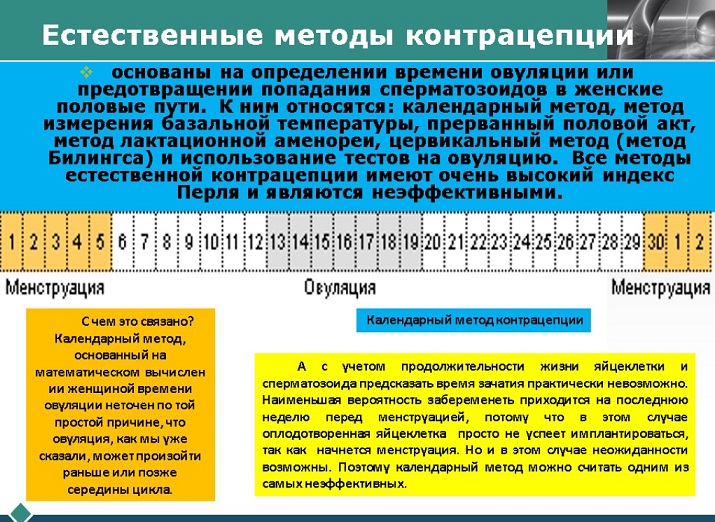
Video: signs of ovulation


